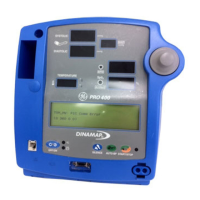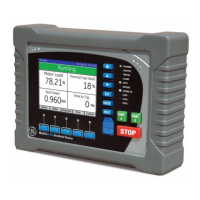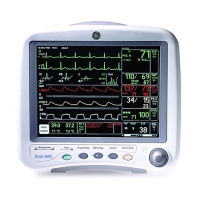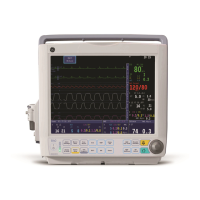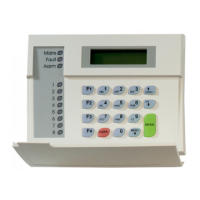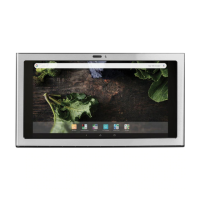Monitoring Bispectral Index (BIS)
2000966-386D Dash™ 3000/4000/5000 18-3
Additional Information
Refer to the GE “Critical Care Monitoring Clinical Reference and Troubleshooting
Guide” for the following information:
BIS sensor placement.
Patient preparation.
BIS reference literature.
Clinical-level troubleshooting.
NOTE
You can also refer to the sensor packaging for instructions on patient preparation
and sensor placement.
Safety
Considerations
Clinical judgement should always be used when interpreting BIS in conjunction
with other available clinical signs. Reliance on BIS alone for intraoperative
anesthetic management is NOT recommended.
As with any monitored parameter, artifacts and poor signal quality may lead to
inappropriate BIS values. Potential artifacts may be caused by poor skin contact
(high impedance), muscle activity or rigidity, head and body motion, sustained
eye movements, improper sensor placement and unusual or excessive electrical
interference.
Due to limited experience in the following applications, BIS values should be
interpreted cautiously in patients with known neurological disorders, those taking
psychoactive medications and in children below the age of one.
General
The following safety statements apply when monitoring BIS.
WARNING
INTENDED USE—BISx is intended for use under the direct
supervision of a licensed health care practitioner or by personnel
trained in its proper use. It is intended for use on adult and pediatric
patients within a hospital or medical facility providing patient care
to monitor the state of the brain by data acquisition of EEG signals.
The BISx may be used as an aid in the monitoring of certain
anesthetic agents. Use of BIS monitoring to help guide anesthetic
administration may be associated with the reduction of the incidence
of awareness with recall in adults during general anesthesia and
sedation.
